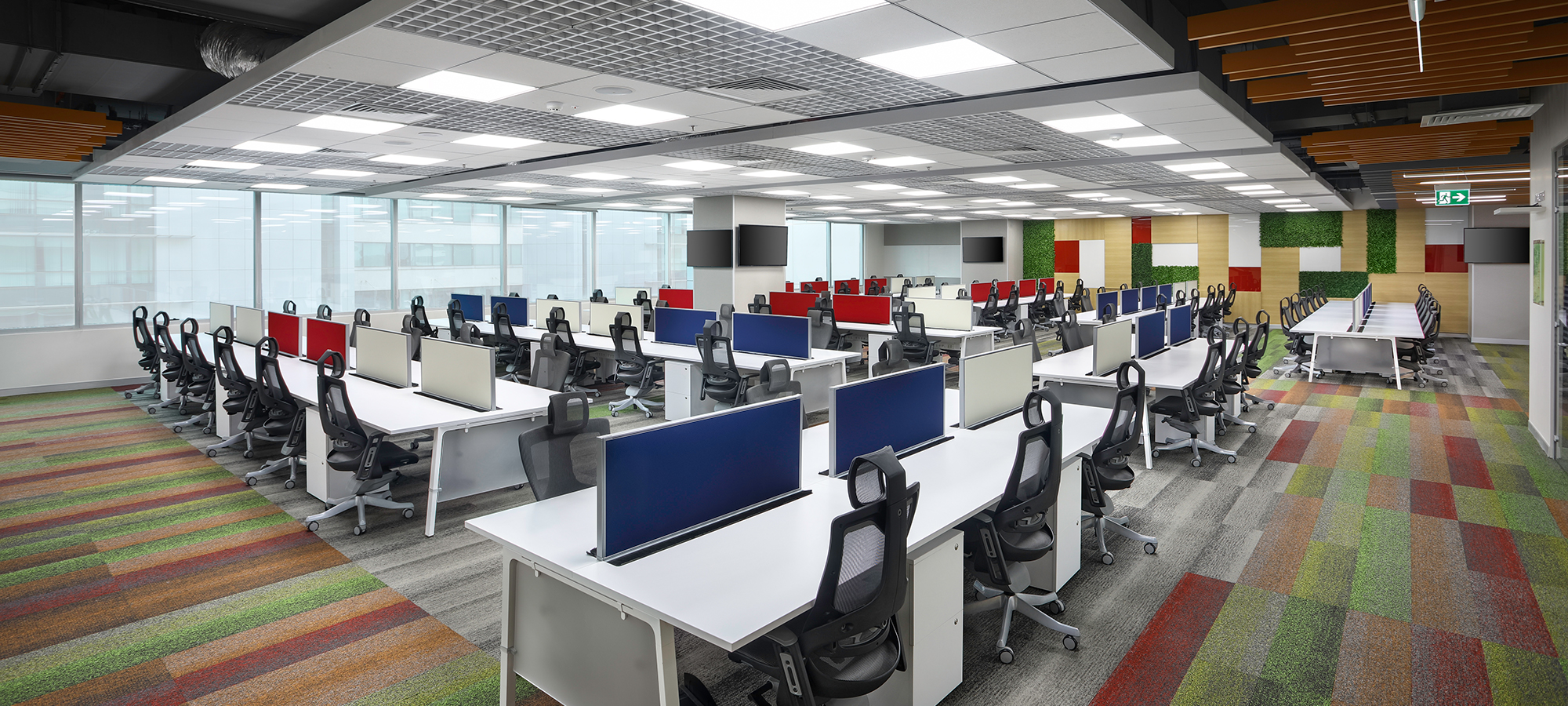Corporate Office Setup
Setting up a corporate office is a multifaceted endeavor that requires careful planning, execution, and consideration of various factors to create a productive and efficient work environment. A well-designed office not only enhances employee satisfaction and productivity but also reflects the company's brand identity and culture.
1. Understanding the Purpose and Vision
Before diving into the logistics of office setup, it’s essential to clarify the company’s vision and the primary purpose of the office. Consider the type of work that will be conducted, the number of employees, and how the office layout can support collaboration and communication. A clear understanding of these elements will guide decisions regarding space, design, and functionality.
2. Choosing the Right Location
The location of the corporate office is a critical factor. It should be accessible to employees, clients, and partners. Proximity to public transport, amenities, and parking options can significantly impact employee satisfaction and productivity. Furthermore, the location should reflect the company's brand image. A tech startup may benefit from being in a bustling innovation district, while a law firm might prefer a more traditional setting.
3. Designing the Layout
An efficient office layout is crucial for maximizing productivity. Consider various workspaces, including open-plan areas for collaboration, private offices for focused work, and meeting rooms equipped with the latest technology. Ergonomic furniture is essential for employee comfort and health. Designating areas for breaks and social interactions can also foster a positive workplace culture.
4. Selecting Furniture and Equipment
Investing in quality furniture and equipment is vital for a functional office. This includes desks, chairs, storage solutions, and meeting room setups. Ergonomic chairs and adjustable desks can improve comfort and reduce health issues related to prolonged sitting. Ensure that the technology infrastructure supports the necessary tools, such as computers, printers, and telecommunication systems. High-speed internet and secure Wi-Fi networks are essential for seamless operations.
5. Incorporating Technology
In today's digital age, incorporating the right technology into the corporate office setup is crucial. This includes collaboration tools, project management software, and communication platforms that facilitate remote work and teamwork. Integrating smart office solutions, such as automated lighting and climate control, can enhance efficiency and sustainability.
6. Creating a Brand Identity
The office space should reflect the company’s brand identity. Consider using colors, logos, and artwork that embody the company’s values and culture. This creates a cohesive and motivating environment for employees. Elements such as open spaces, greenery, and natural light can also enhance employee morale and well-being.
7. Ensuring Compliance and Safety
Compliance with local regulations and safety standards is paramount. This includes fire safety measures, accessibility for individuals with disabilities, and adherence to health regulations. Regular safety audits and employee training programs can ensure a safe working environment.
8. Fostering a Positive Workplace Culture
Finally, creating a positive workplace culture is essential for employee retention and satisfaction. Encourage open communication, provide opportunities for professional development, and create a supportive environment. Office amenities, such as wellness rooms or recreational areas, can also contribute to a balanced work-life dynamic.
Conclusion
Setting up a corporate office involves strategic planning and consideration of various elements to create an environment that promotes productivity, collaboration, and employee satisfaction. By thoughtfully designing the workspace, incorporating technology, and fostering a positive culture, companies can establish a corporate office that aligns with their goals and values while meeting the needs of their workforce.
